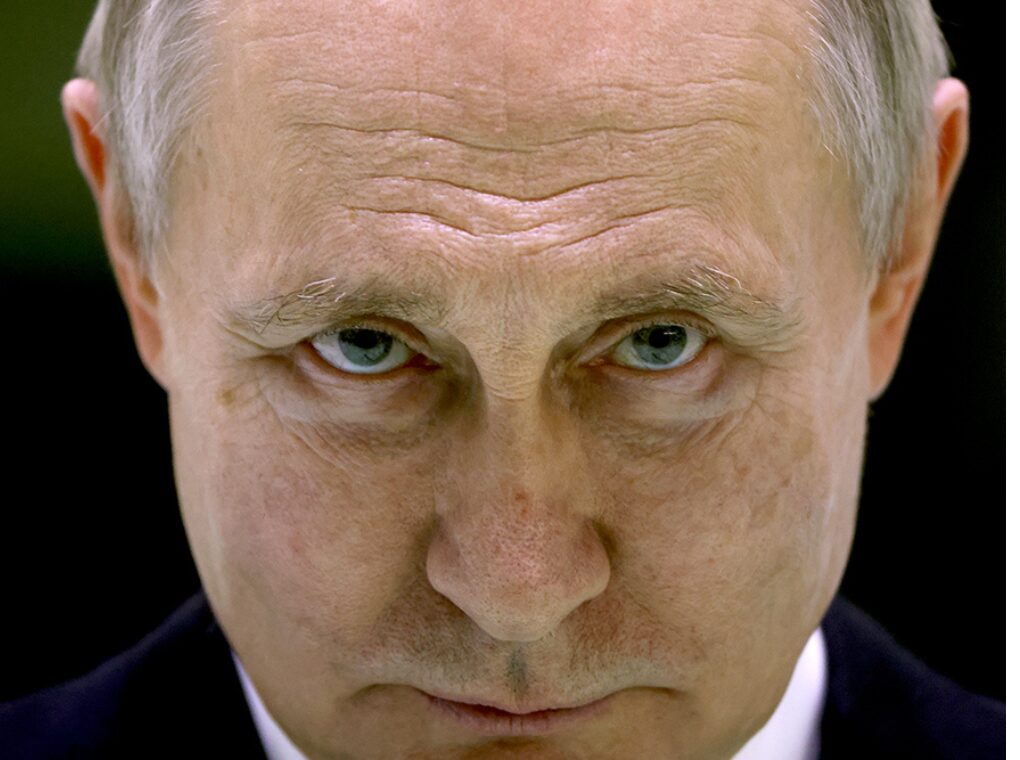A prominent Russian state TV host and close Kremlin ally has issued a chilling new threat to the United States, claiming that a “nuclear tsunami” could wipe out North America, transforming the continent into what he provocatively dubbed the “Stalin Strait.”
The remark, made during a nationally televised broadcast, has sparked global outrage and renewed fears of nuclear brinkmanship amid deepening geopolitical tensions.
The Threat: Nuclear Tsunami and “Stalin Strait”
During a fiery monologue on Russia’s state-run television channel, pro-Kremlin media figure Dmitry Kiselyov—often dubbed “Putin’s mouthpiece” in Western media—warned that Russia possesses nuclear capabilities powerful enough to unleash an underwater detonation that could generate a radioactive mega-tsunami.
The wave, he claimed, would “engulf both American coasts” and leave the U.S. “erased from history.”
“If the Americans provoke us further, we will drown them,” Kiselyov said. “The Poseidon torpedo will turn the United States into a sea. Stalin Strait will be all that remains of their arrogance.”
He went on to describe a post-apocalyptic scenario in which radioactive waves obliterate the U.S. East Coast, leaving the land uninhabitable for centuries.
What Is Poseidon?
The weapon Kiselyov referred to, known as Poseidon, is a real Russian strategic underwater nuclear drone—essentially an autonomous, nuclear-powered torpedo capable of delivering a high-yield warhead. Russian defense officials have touted Poseidon as a “doomsday” device capable of causing tsunamis and radiological devastation.
Western analysts believe the weapon is still in testing phases, but U.S. intelligence officials take its threat potential seriously. Poseidon was first revealed in 2015 and later highlighted in Russian military parades and state propaganda videos.
U.S. and NATO Response
So far, the White House has not officially responded to Kiselyov’s statements, but sources within the Pentagon have described the rhetoric as “dangerous and destabilizing.”
“We are fully aware of Russia’s propaganda tactics and escalation rhetoric,” a senior U.S. defense official said on background. “While such statements are not new, we remain prepared for all scenarios and continue to deter aggression through a credible defense posture.”
NATO Secretary General Jens Stoltenberg condemned the threat, stating, “This kind of nuclear saber-rattling is unacceptable and brings the world closer to catastrophic miscalculation.”
Putin’s Strategic Messaging?
Experts say the broadcast is part of an ongoing Russian campaign to intimidate the West, particularly as U.S. and NATO support for Ukraine continues to grow. Russia’s invasion of Ukraine has stalled in key regions, and Western sanctions have begun to erode the Russian economy.
“This isn’t just wild rhetoric—it’s calculated psychological warfare,” said Fiona Hill, a former White House adviser on Russia. “By invoking names like Stalin and using phrases like ‘Stalin Strait,’ the Kremlin is trying to project historic power and instill fear, especially in Western publics.”
Geopolitical Fallout
The timing of Kiselyov’s threat also coincides with:
Ongoing joint naval drills between Russia and China in the Pacific.
Increased U.S. arms shipments to Ukraine.
Rising tensions in the Arctic, where Russia continues to militarize its northern frontier.
Some analysts warn that if left unchecked, this kind of escalatory rhetoric could normalize nuclear threats and erode global nuclear deterrence norms.
A Dangerous New Phase
As the war in Ukraine drags into its third year and the global power balance continues to shift, threats like these are not merely verbal outbursts—they are deliberate geopolitical signals.
The world now watches anxiously to see whether this was bluster or a dark omen of future confrontation. Either way, the phrase “Stalin Strait” may become a haunting new symbol of the world’s growing instability.
